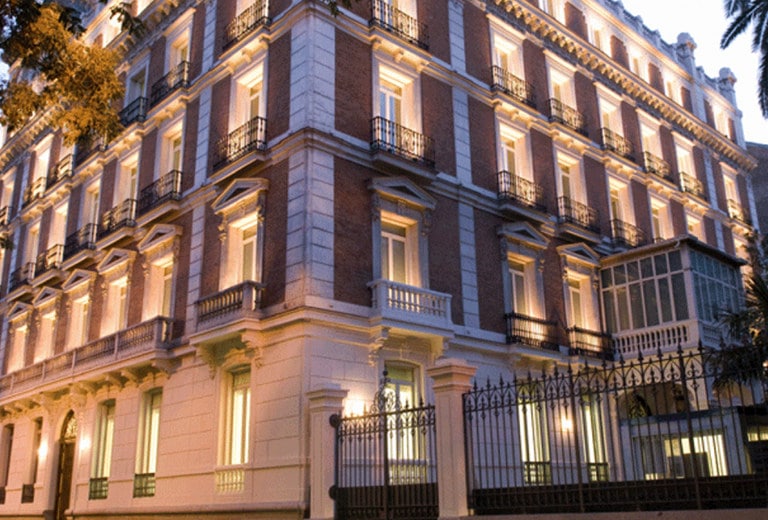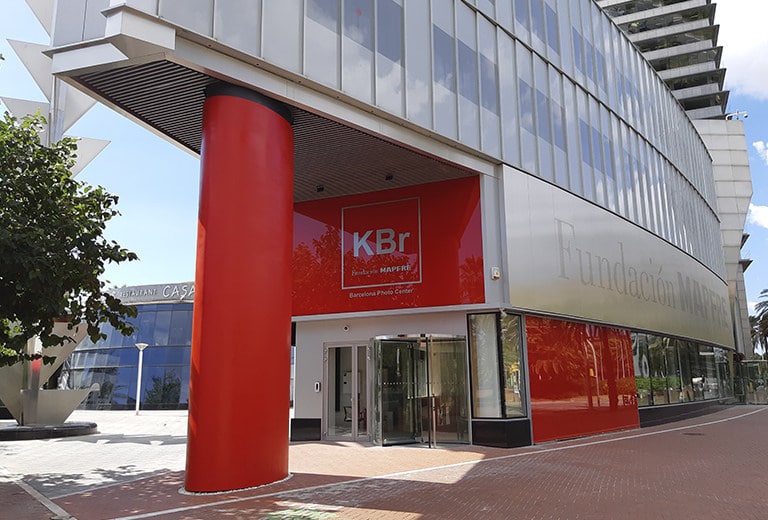Current Fundación MAPFRE Exhibitions

Exhibitions in Madrid:
![Henry Moret L’Attente du retour des pêcheurs [Esperando el regreso de los pescadores], 1894](/media/arte-cultura/exposiciones/maxime-maufra-768x618-1.jpg)
Henry Moret
L’Attente du retour des pêcheurs [Waiting for the fishermen], 1894
Association des Amis du Petit Palais, Ginebra
© Studio Monique Bernaz, Genève
SEP.19.2024 JAN.05.2025
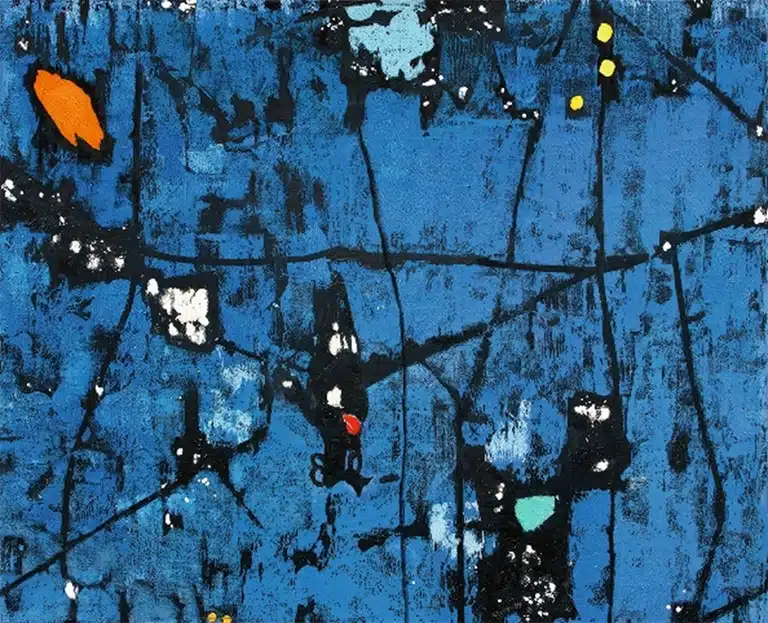
Buffie Johnson
The Middle Way / The Great Mother Rules the Sky (Astor Mural), 1949-1959
The 31 Women Collection
© Estate of Buffie Johnson
SEP.19.2024 JAN.05.2025
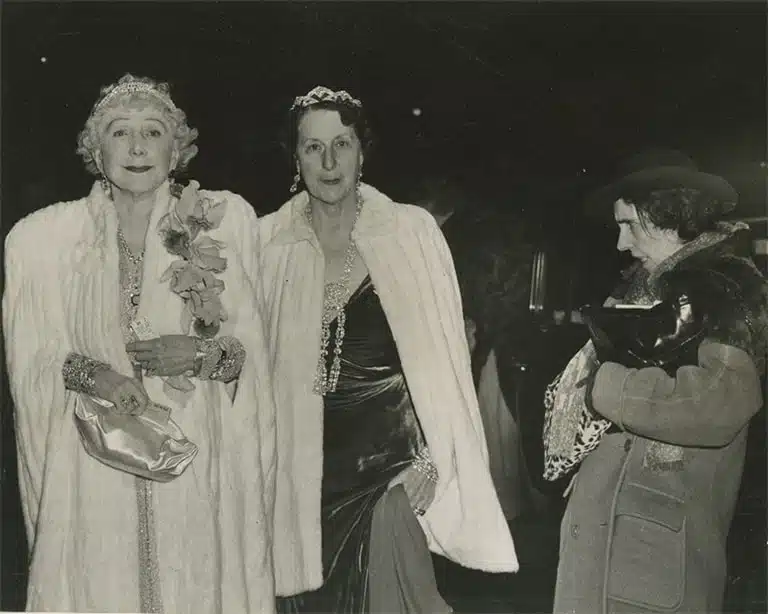
Weegee
The Critic, New York, November 22, 1943
© International Center of Photography. Collection Friedsam
SEP.19.2024 JAN.05.2025
Exhibitions in Barcelona:
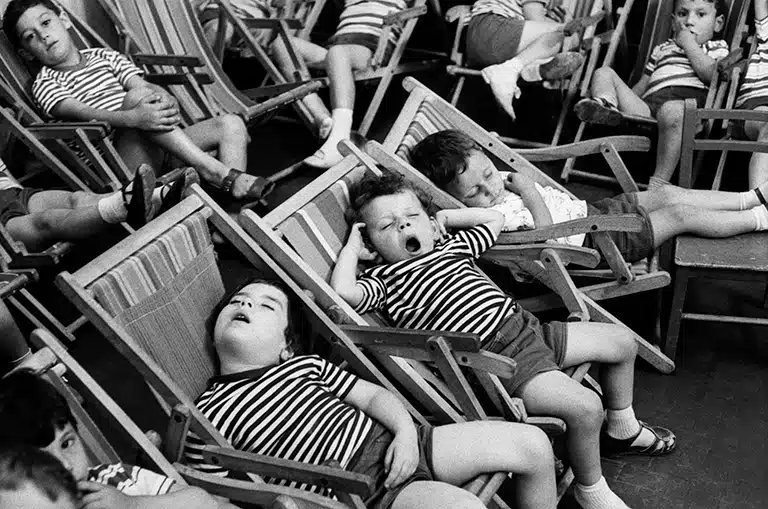
Henri Cartier-Bresson
Naples, Italy, 1960
© Fondation Henri Cartier-Bresson / Magnum Photos
OCT.11.2024 JAN.26.2025
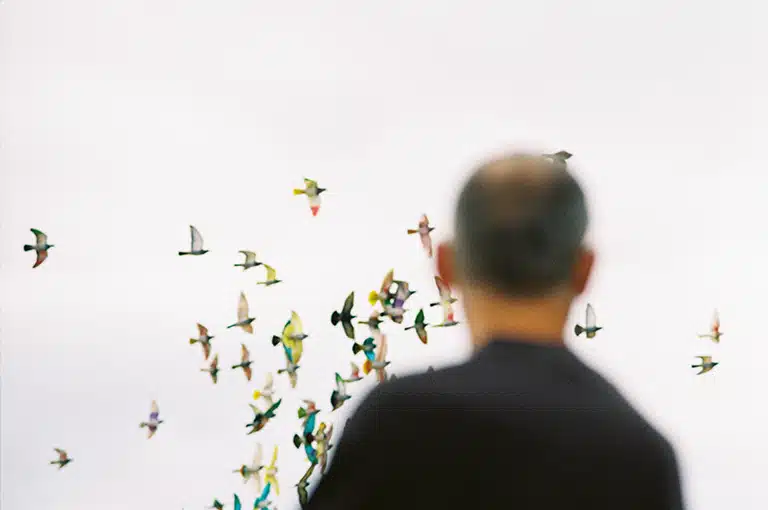
Malu Reigal
Pan, pijo y habas, 2021-in progress
© Malu Reigal
OCT.11.2024 JAN.26.2025
KBr Flama’24
Barcelona
Upcoming exhibitions in Madrid
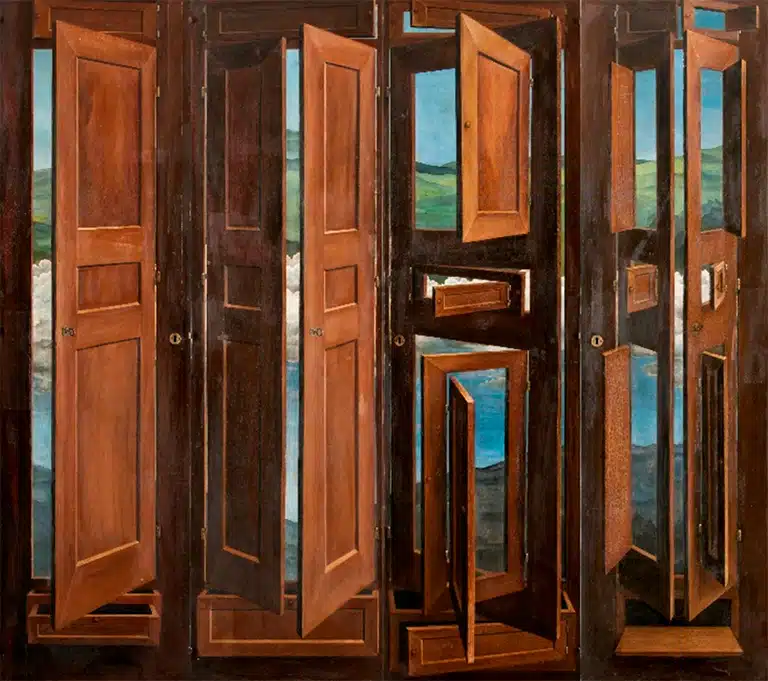
Marcel Jean
Surrealist Wardrobe, 1941
Musée des Arts Décoratifs, Paris
© Marcel Jean
Photo: © París, Les Arts Décoratifs/Jean Tholance
FEB.06.2025 MAY.11.2025
1924. Other Surrealisms
Recoletos Exhibition Hall (Madrid)
On 15 October 1924, André Breton published the ‘First Manifesto of Surrealism’. One hundred years later, Other Surrealisms. 1924 analyzes the reception and influence in Spain of that text and the Surrealist movement as a whole. The exhibition highlights that, despite its peripheral location in relation to the centres of the European artistic avant-garde, Spain not only contributed to the movement with some of its most representative figures (Dalí, Buñuel, Domínguez…), but also with many important yet lesser-known artists. The exhibition also addresses how Surrealism was reinterpreted in various Latin American countries, as well as the contribution of women to the movement.
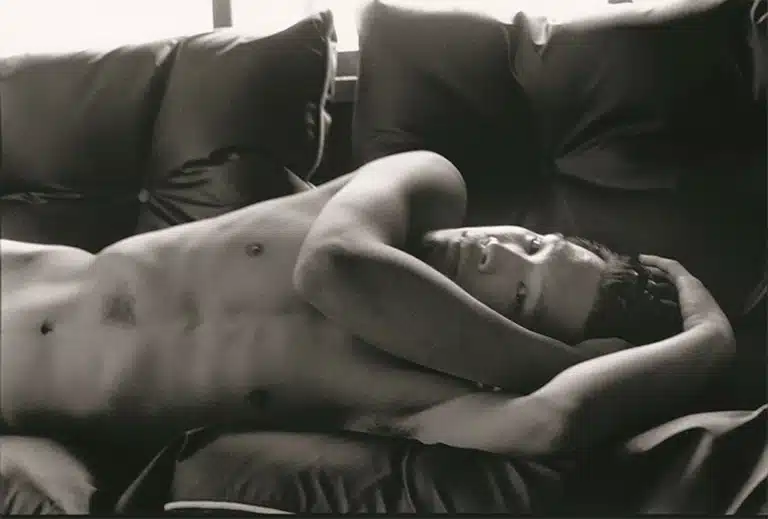
Sakiko Nomura
Naked Time_025
© Sakiko Nomura. Courtesy of Akio Nagasawa Gallery
FEB.06.2025 MAY.11.2025
Sakiko Nomura. Tender is the night
Recoletos Exhibition Hall (Madrid)
Best known for her photographs of male nudes, which have represented a defiant break with some of the taboos and traditional stereotypes of Japanese culture, Sakiko Nomura (1967) is one of the most outstanding photographers of her generation. In this, her first major retrospective, the nudes, in which the erotic tension is wrapped in an atmosphere of tenderness and a certain mystery, coexist alongside various other images (animals, natural landscapes, empty streets and roads, forests, plants and flowers, fireworks…) to ultimately form a series of interrupted narratives that evoke cinematic fictions.
Upcoming exhibitions in Barcelona

José Guerrero
Hwy-80 (House near Wendover), UT, 2011
De la serie «After the Rainbow»
Colecciones Fundación MAPFRE
© José Guerrero, VEGAP, Madrid, 2025
FEB.15.2025 MAY.18.2025
José Guerrero. Concerning Landscape
KBr Photography Center, Fundación MAPFRE (Barcelona)
The work of José Guerrero (Granada, 1979) unfolds as a continuous exercise in reflecting on the representation and perception of landscape and architecture through photographic imagery. His images, organised in series on places rich in iconographic and historical significance (La Mancha, Carrara, Sierra Nevada, the Thames…), transform the landscape into a living, dynamic entity, upon which the viewer’s cultural background and the photographer’s meaningful use of light, colour and atmosphere ultimately construct a poetic reading -laden with meanings and connotations- of the space.
This exhibition spans over 20 years of his career to date.
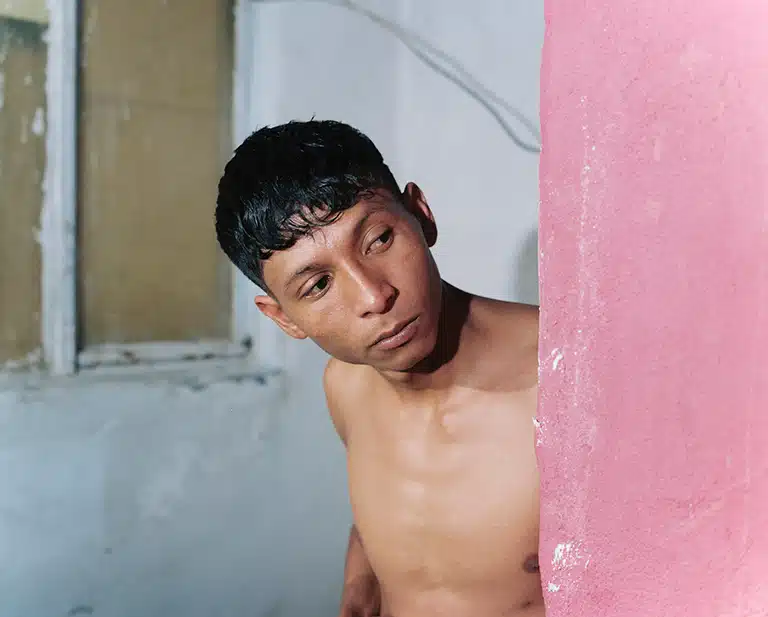
Felipe Romero Beltrán
Amigo de El Friki y pared rosa
Bravo
© Felipe Romero Beltrán
FEB.15.2025 MAY.18.2025
Bravo. Felipe Romero Beltrán
KBr Photography Center, Fundación MAPFRE (Barcelona)
Bravo, by the Colombian Felipe Romero (1992), is the winning project of the second edition of the KBr Photo Award, launched by Fundación MAPFRE in 2021. Like many of his other works, Bravo offers a reflection on a scenario of tension and conflict: a stretch of the Rio Grande (known as the Río Bravo in Mexico) that forms part of the more than one thousand kilometres of border between Mexico and the United States that coincide with its course. Through images of people, landscapes, and architecture, Bravo constructs a visual essay, sober and poetic, centred around the idea of waiting and border identity.
Past exhibitions
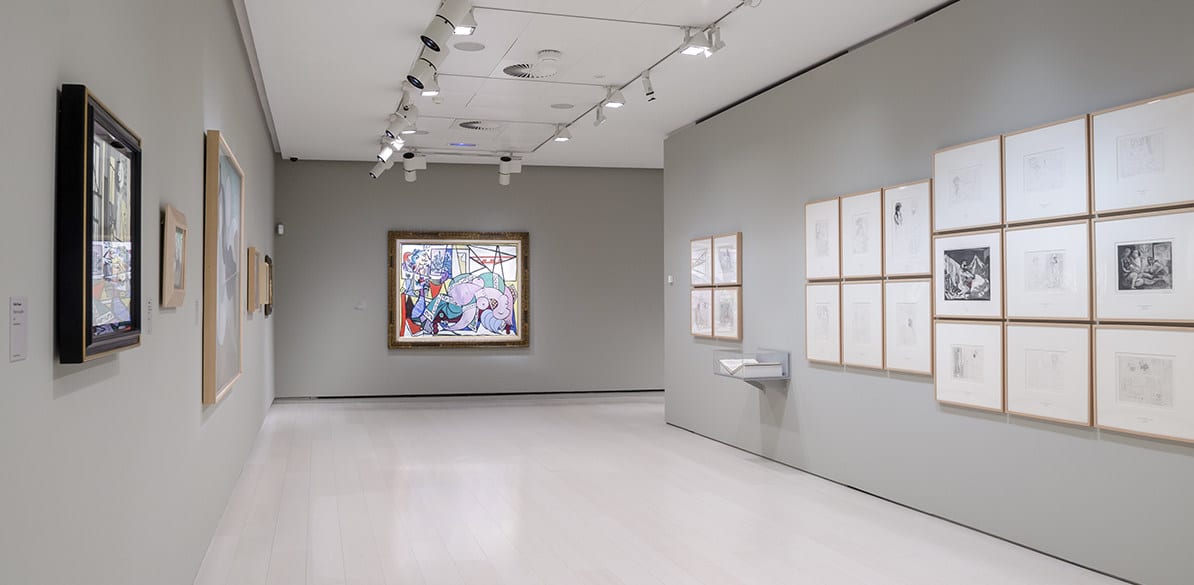
If you were unable to visit one of our exhibitions, or you would like to revisit the feelings you experienced when viewing a particular work, you can do so here in our past exhibitions section.
Fundación MAPFRE Exhibition Halls
Fundación MAPFRE has exhibition halls in two prominent locations in Spain: Madrid and Barcelona. Each stands out for its unique features that offer its visitors an enriching cultural experience.
Both Fundación MAPFRE exhibition halls provide an immersive experience in the world of art and photography, offering visitors the opportunity to explore a wide range of artistic expressions in a modern and accessible environment.

